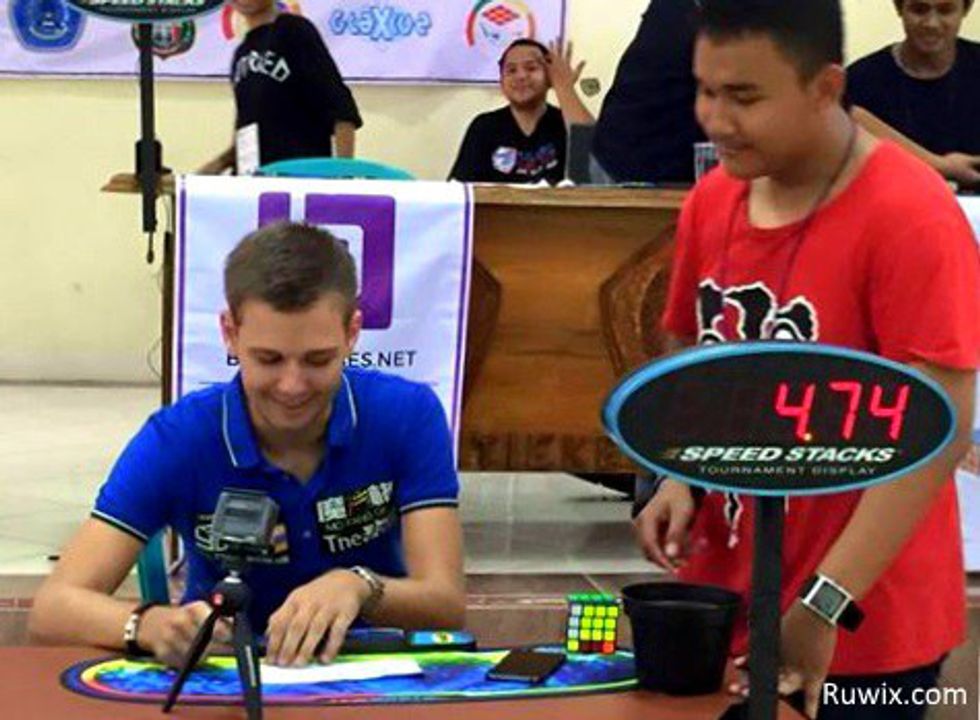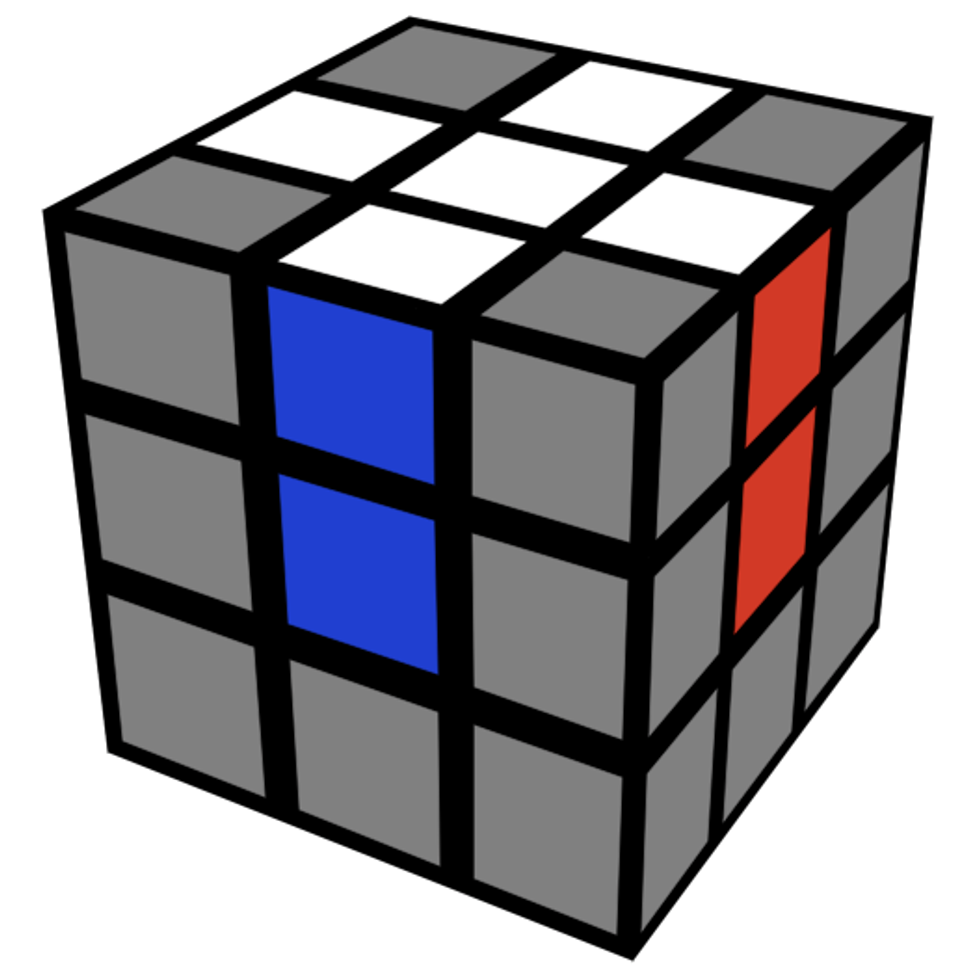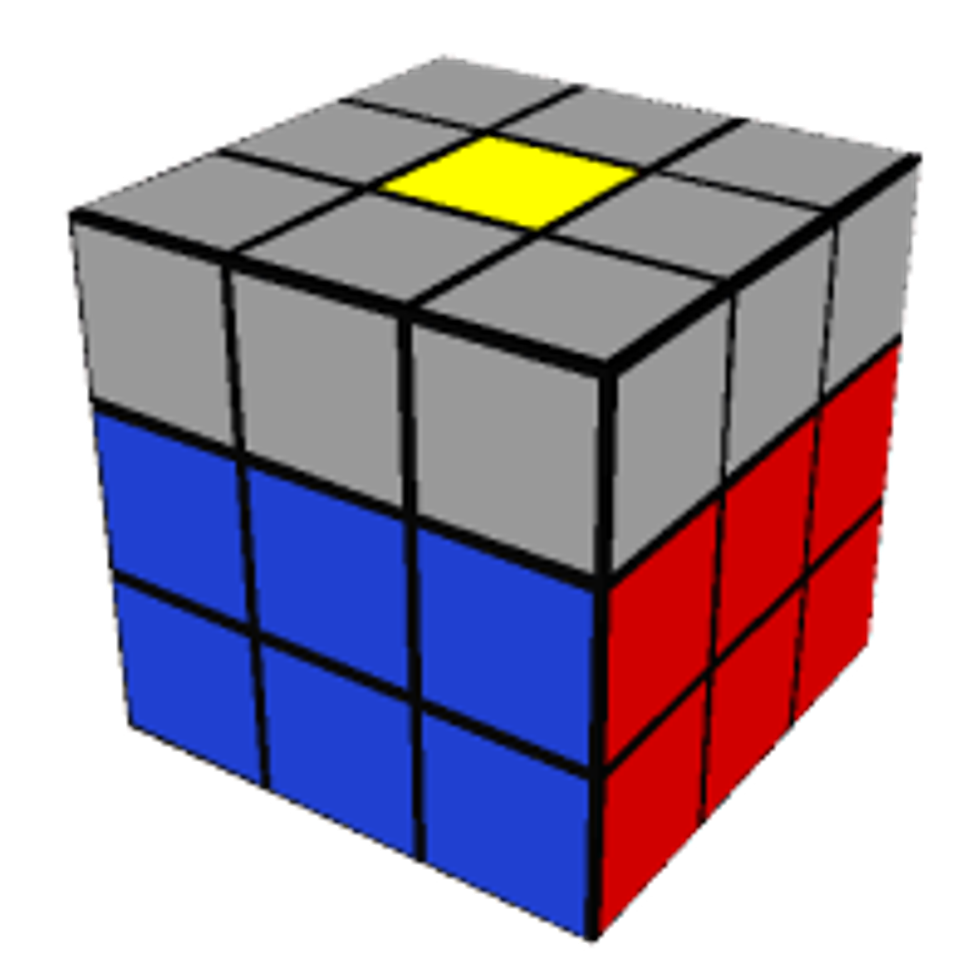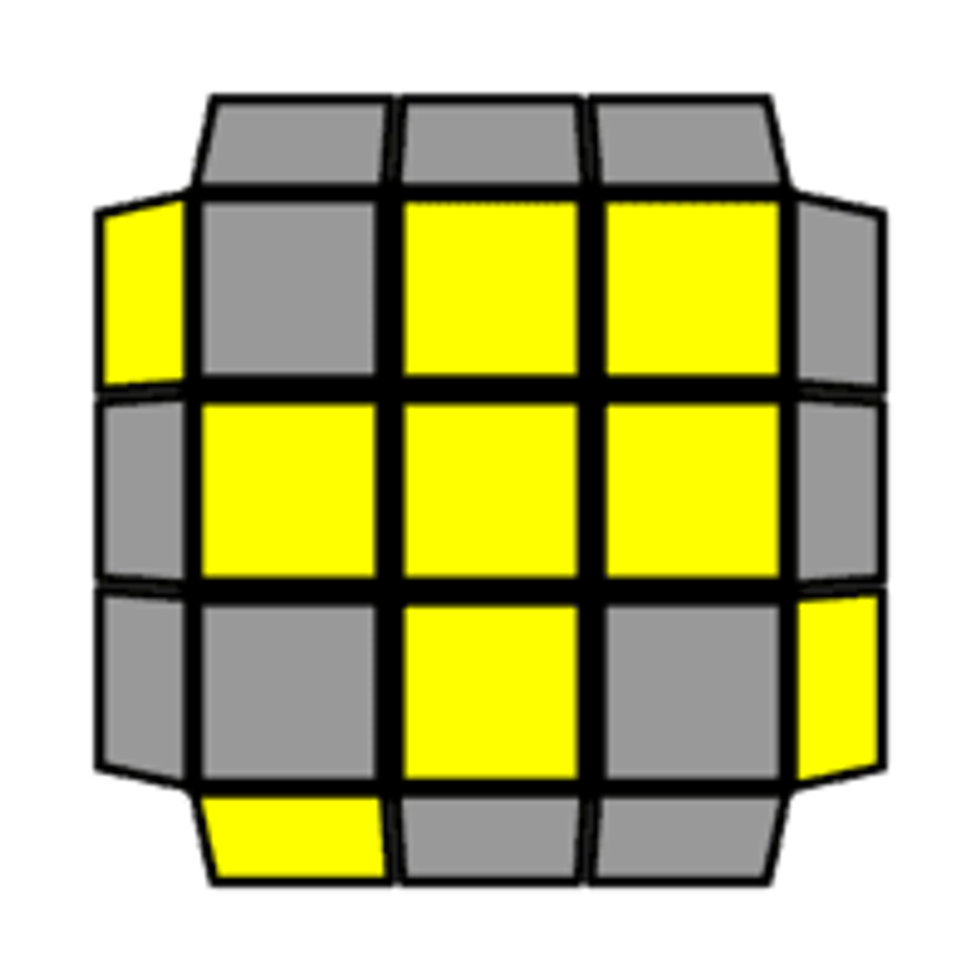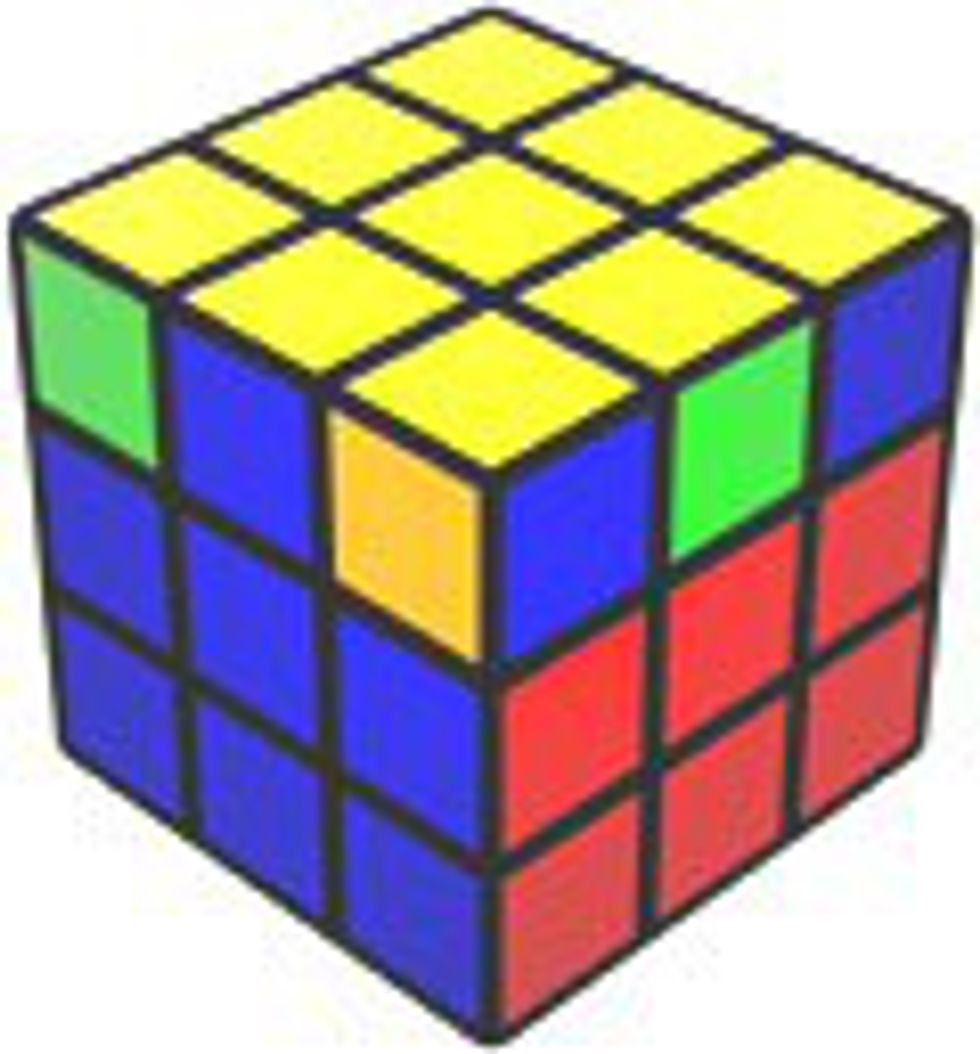Have you ever wondered how someone can solve a Rubik’s Cube, one of the most difficult and complex puzzles ever created, in less than 20, 10 or even 5 seconds? It is both an amazing achievement and absolutely possible; just a couple of weeks ago, Mats Valk from the Netherlands broke the official Rubik’s cube world record with a time of 4.74 seconds.
So, how on Earth does one take something as complex as a Rubik’s Cube and solve it in mere seconds? It’s actually very simple: one must have mastery of a certain method used by most “Speedcubers” that can allow just about anyone to solve a Rubik’s Cube fairly easily and quickly. It was made popular several years ago by Jessica Fridrich, a professor from Czechoslovakia, and involves solving the cube in layers. Below is a simple explanation of what the “CFOP” method involves, and how you can learn this method to begin your own speedsolving career.
The “C” in “CFOP” stands for “Cross,” which involves picking any color on the Rubik’s Cube (in the picture above that color is white) and correctly orienting the four edges that match your picked color (in this case white) such that you make a cross shape. A Rubik’s Cube has edges, corners and center pieces. You know where the white side of the cube is because of the white center piece, which can never move. Edges and corners, however, are fair game, and for every color on a Rubik’s Cube, there are four corresponding edges. Take a closer look at the picture and you’ll notice that the white-blue edge is lined up with the blue center piece, such that it appears “solved.” Do this for the other three white edges and you’ll have successfully made your cross.
The next step, “F,” stands for “F2L,” or “First Two Layers.” This is the most complicated step, and involves solving the four white corners in conjunction with the entire second layer. When this step is done, only the top layer of the cube will remain unsolved, and will look like the picture above. Believe it or not, the best way to learn this step is to simply try solving it intuitively without memorizing algorithms. This step can be solved simply by playing around with the cube and learning which moves affect what pieces (this is how the world’s fastest speedcubers learned to solve this step). If you’re an absolute beginner though, you may want to check out an online tutorial to help get you started -- I recommend “Badmephisto” and his YouTube videos, which helped me learn to solve this step.
Finally, the “O” and “P” are all that are left in solving your Rubik’s Cube. The “O” stands for “OLL” (Orientation of the Last Layer), and the “P” for “PLL” (Permutation of the Last Layer). Here, you’re going to have to rely on algorithms to complete the cube; there are 57 for OLL and 21 for PLL. In the scheme of things, these are not very many at all. There are a plethora of websites (cyotheking and Badmephisto being two favorites among speedcubers) available with every algorithm posted and how to memorize them. To solve OLL, start by looking at the picture above. Once your cross and F2L are solved, you will have one of the 57 possible patterns on the top layer of the cube. Focus only on the color that is on top; if you have a standard cube and started with the color white, your OLL color will likely be yellow, so only look for the yellow pieces in solving OLL. Once you recognize and perform the algorithm that solves OLL, your cube will look like the picture below:
Now for the last step, PLL. There are only 21 more cases you will have to learn, and you will recognize which case you have based on how the remaining unsolved pieces are situated on the top layer. These are generally very fast algorithms, and once you perform the correct one, your cube will be solved. Believe it or not, that’s all there is to it! Practice these steps enough and before you know it, you’ll be solving your cube faster than you ever thought possible. If you need additional resources, visit the websites and videos mentioned in this article, and they’ll make what appears to be a series of complicated steps appear basic and intuitive. Good luck!


